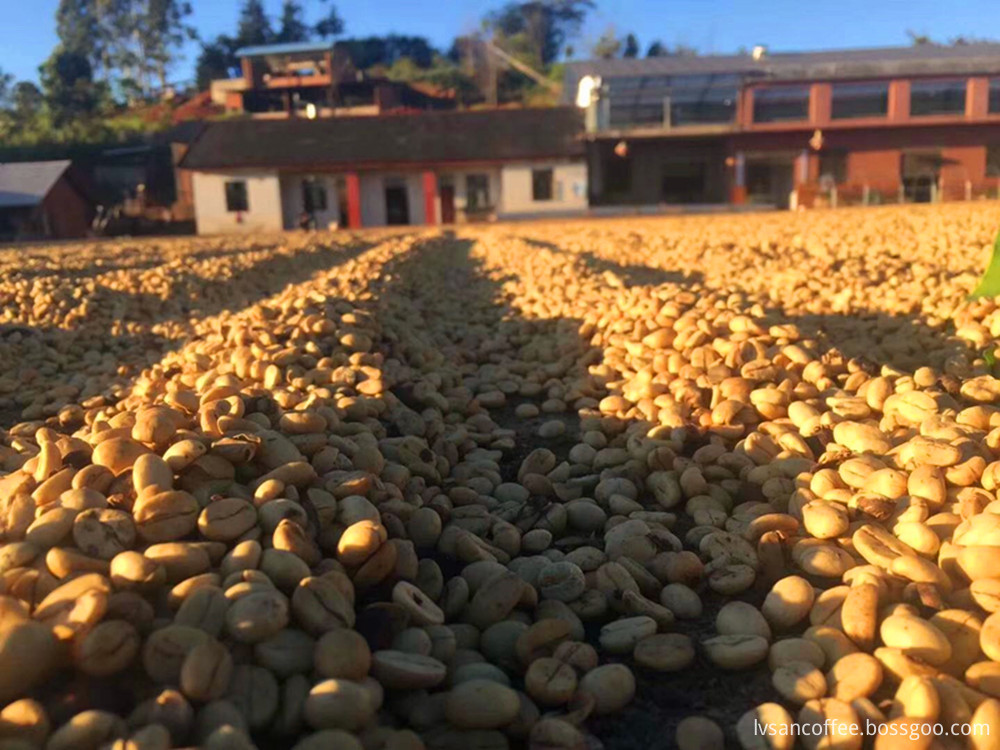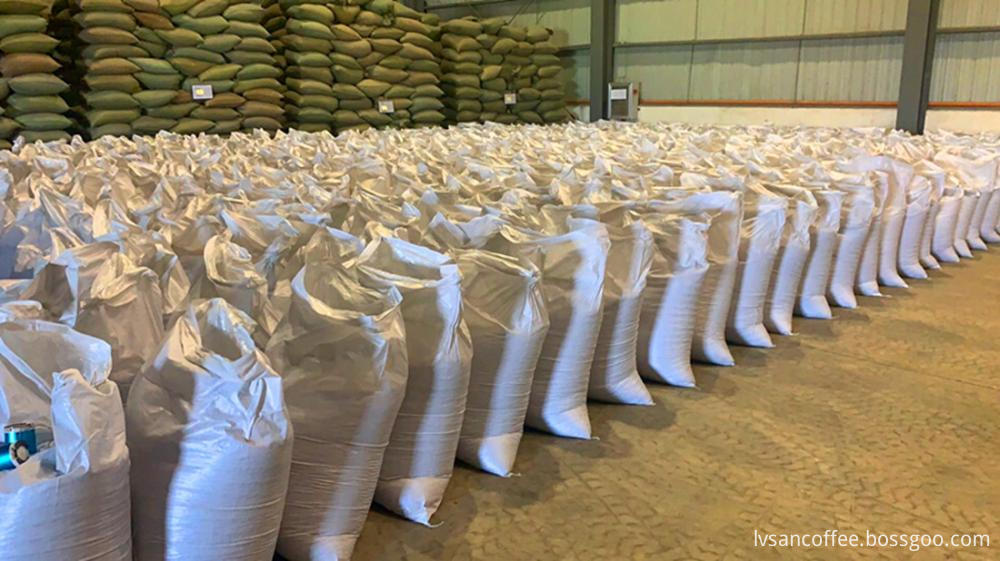Planting rows of mulch, operation row of rice husks to reduce humidity With the extension of the closed shed, the humidity in the shed gradually increased, and a large amount of dew in the shed began to appear, and some wet-loving diseases such as bacterial diseases, gray mold, and blight began to break out. To reduce the occurrence of diseases, controlling the humidity in the shed is the basis. First, reduce the humidity in the shed. Speaking of greenhouse dehumidification, the first reaction of vegetable farmers is ventilation. Indeed, ventilation is the most basic method of dehumidification in the greenhouse, but if the ventilation is too rapid, it is easy to "flash" the trees. Therefore, ventilation and dehumidification should be carried out gradually. If the humidity in the shed is too high in the morning, don't let the air out first, and then let the air out after the shed temperature rises. In the case of continuous cloudy days, avoid not ventilating while doing the heat preservation work, otherwise the humidity in the shed will be too high, which will easily lead to the occurrence of diseases. Secondly, avoid increasing humidity. In addition to discharging the original humidity in the shed, in order to reduce the occurrence of diseases, it is necessary to avoid artificially increasing the humidity in the shed. The second is to cover with mulch. Covering with mulch to reduce evaporation is also a good way to reduce humidity in the shed. When mulching the mulching film, only cover the planting row. If the plants are already relatively large, it is recommended to choose a narrow mulching film to cover the planting row. It can also absorb moisture. The bare wetland in front of the greenhouse should also be covered tightly. Downy mildew, gray mold and other diseases in the shed mostly start from the front face of the shed, and then spread to the north. The reason is that there is dripping water from the shed film in this small area, and the wet soil on the ground evaporates water, which is the humidity of the whole shed* ***** Space is a good inducement for many disease outbreaks. The third is to change the way of medication. In the early winter, the humidity in the shed is high, and there are many diseases, and the frequency of spraying to prevent diseases also increases. If spraying is still used, and the cycle continues, it will only increase the difficulty of disease prevention, especially in continuous cloudy days, the spraying will greatly increase the shed. Humidity inside. It is recommended that vegetable farmers pay attention to the diversification of medication methods, from a single ordinary sprayer spray to a combination of smoke, powder, fog machine spray, biological inoculum and other methods to prevent diseases early, which can greatly reduce the occurrence of diseases and avoid excessive spraying . Disclaimer: Some articles on this website are transferred from the Internet. If the legal rights of a third party are involved, please inform this website for processing. phone
China Green Coffee Beans
flavor: mellow and balanced, with fruit acid flavor, nuts, honey, chocolate, citrus;
Variety:Aribica
processing method: washing;
water content: less than 12%;
packaging: 60kg / bag;
size: 13#>90%
In 1892, French missionary father Tian Daneng preached in Dali, Yunnan Province, China. In order to drink coffee, he taught local villagers to grow and drink coffee. Up to now, coffee has been planted in Yunnan Province of China for more than 100 years, with an area of 120000 mu. Most of the varieties planted in Yunnan are ccatimor, with an altitude of 1000-1500m, The coffee produced in Yunnan has a balanced taste, rich nut and citrus flavor, some of which are very sweet, with obvious taste of chocolate, toffee and maple sugar. It is one of the high-quality coffee producing areas. Our coffee is produced at the junction of Puer and Burma - the Myitkyina original jungle beans at 1500-1750, with a rich flavor, high aroma and high sweetness. The 2019 international coffee cup Masters Tournament (China finals) is sponsored by beans.
Decaf Espresso Beans,Bulk Espresso Beans,Expensive Coffee Beans,Unroasted Green Coffee Beans Yunnan New Biology Culture Co,.Ltd , https://www.lvsancoffee.com
One is to adjust the watering method. Watering is an important factor leading to the increase of humidity in the shed. After the late autumn, the evaporation will decrease. Watering should be mainly drip irrigation, reduce the amount of watering, and avoid excessive humidity in the shed. Depending on the weather, the watering operation should be performed once a month to ensure that the soil moisture content is balanced. After each watering, proper ventilation and moisture removal should be performed.

